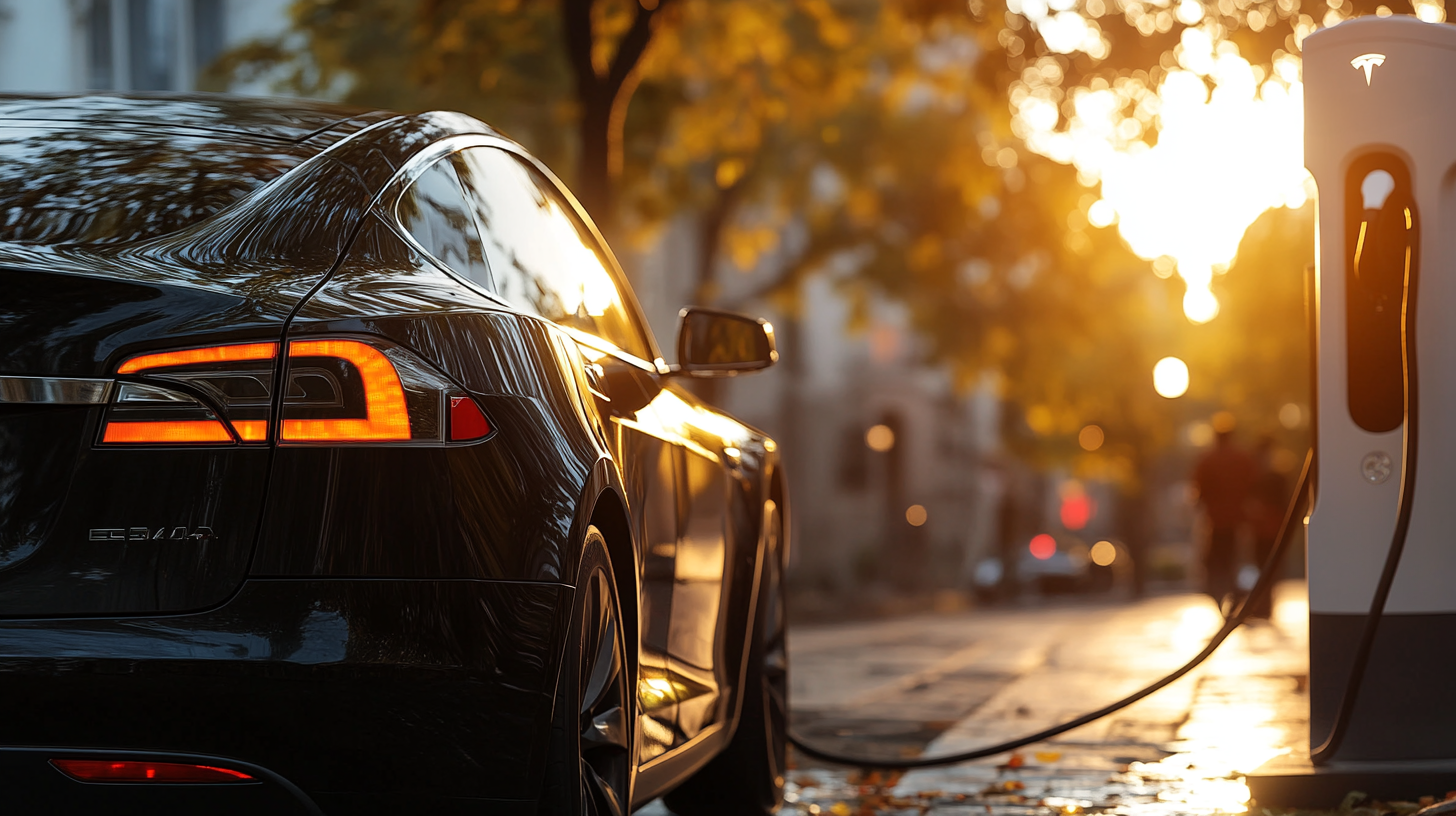Formula 1 has always been at the forefront of technological innovation, and its latest breakthrough is giving fans an adrenaline-pumping view of the action like never before. The gyro camera system, recently showcased during the Dutch Grand Prix qualifiers at Circuit Zandvoort, is revolutionising how we experience the thrills of F1 racing.
Mounted above the helmet of British racing sensation Lando Norris, this cutting-edge camera system captured footage that left fans and critics alike in awe. The gyro camera's ability to maintain a level horizon while compensating for the car's pitch, roll, and yaw through corners creates a mesmerising visual experience that truly puts viewers in the driver's seat.
The Zandvoort circuit, with its undulating terrain and banking sections reminiscent of the iconic Indianapolis Motor Speedway, provided the perfect backdrop to showcase the gyro camera's capabilities. As Norris's McLaren tore through the track's steep banks, fans were treated to a perspective that one enthusiast described as "watching a POV on a rollercoaster." The exhilarating footage gave viewers an unprecedented sense of the g-forces and skill required to navigate these challenging turns at breakneck speeds.
Dino Leone, Formula 1's head of onboard camera operations, revealed that the system allows for real-time adjustments to the gyroscopic effect, enabling the broadcast team to fine-tune the viewing experience on the fly. This flexibility ensures that each circuit's unique characteristics can be captured and emphasised to maximum effect.
What sets F1's gyro cameras apart is their innovative design. Unlike traditional gyroscopic cameras that use gimbals, these high-tech marvels employ a larger sensor that moves electronically around a static lens. This ingenious solution, developed in partnership with Sony, overcomes the extreme conditions of F1 racing that would typically wreak havoc on moving parts.
The journey to perfect this technology hasn't been without its challenges. Steve Smith, F1's head of onboard cameras, admitted that while the cameras were present at last year's Dutch Grand Prix, adverse weather conditions prevented their broadcast debut. This setback only fuelled the team's determination to refine the system for this season.
As Formula 1 continues to push the boundaries of what's possible in motorsport broadcasting, the gyro camera system stands as a testament to the sport's commitment to innovation. With plans to feature this technology more prominently in upcoming races, fans can look forward to an ever more immersive and thrilling F1 experience.
The gyro camera is more than just a new way to watch races; it's a window into the future of sports broadcasting. As we hurtle towards an era where the line between viewer and participant continues to blur, Formula 1 is ensuring that the roar of engines, the screech of tires, and the heart-pounding excitement of the world's most prestigious motorsport will be felt by fans in ways they never thought possible.







